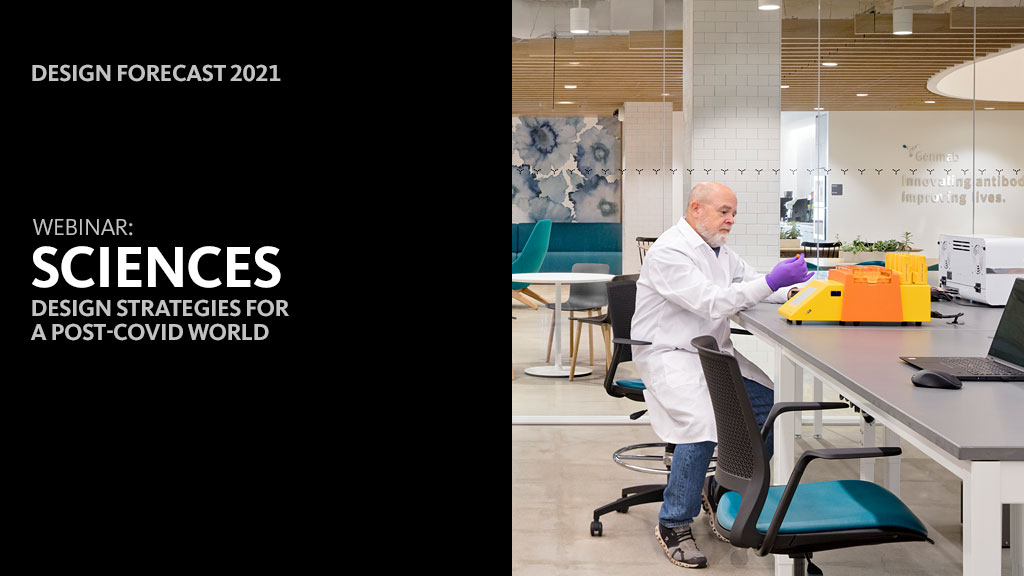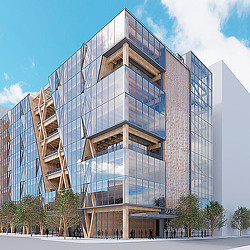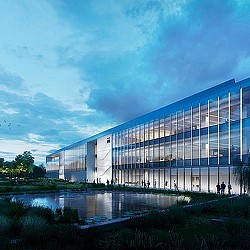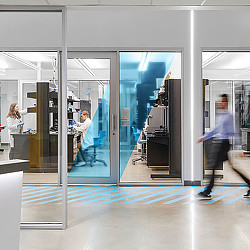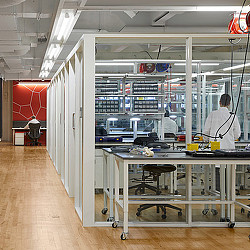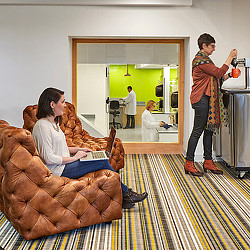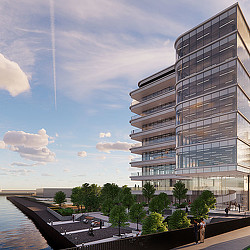The recent launch of Gensler’s latest Design Forecast explores how designs focused on adaptability and flexibility are enabling nimble innovation for the sciences industry as it works under the urgent pressure to lead the world out of this crisis. In the race to find solutions to COVID-19, many science organizations have been developing faster diagnostics, life-saving therapies, effective vaccines, and innovative products and technologies. How has the pandemic changed how scientists work, and how can non-lab spaces be converted to spur new scientific hubs?
In this webinar, Gensler’s Sciences leaders Erik Lustgarten, Chad Yoshinobu, and Anthony Brower present the key trends influencing science organizations, lab operators, and developers in a post-pandemic world. A panel discussion follows, led by Gensler Strategy Director Filipa de Albuquerque, Cities & Urban Design Leader Andre Brumfield, and Office Building Developer Leader Darrel Fullbright.
As the pandemic has pushed scientists to work in new ways, the panelists share considerations for the lab of the future as labs become innovation and collaboration hubs at the center of the workplace. Gensler’s experts also discuss how speed to market is defining real estate strategy as new models and leasing structures emerge in response to the growth curves of science companies and explain how a shortage is driving building owners and developers to convert non-lab space to support R&D activities for science organizations in prime markets.
Watch the webinar and download Gensler’s Design Forecast 2021 to discover trends and strategies for designing science workplaces and facilities to foster reconnection, support collaboration, and help drive innovation to solve the biggest global challenges.
Explore Design Strategies for a Post‑COVID World

Download Gensler Design Forecast 2021 (PDF)
